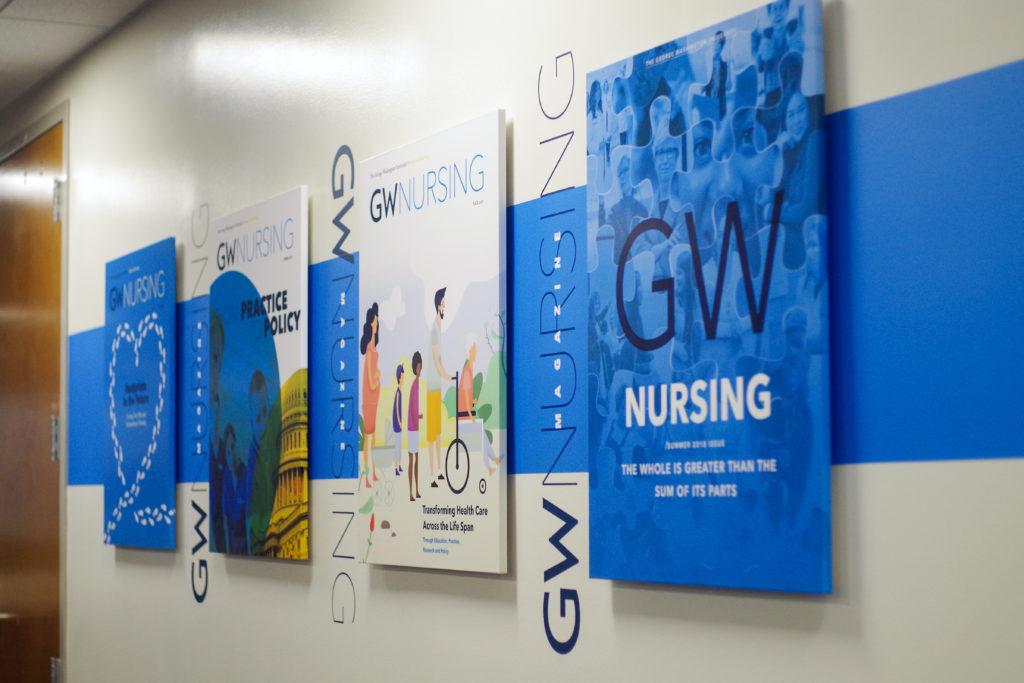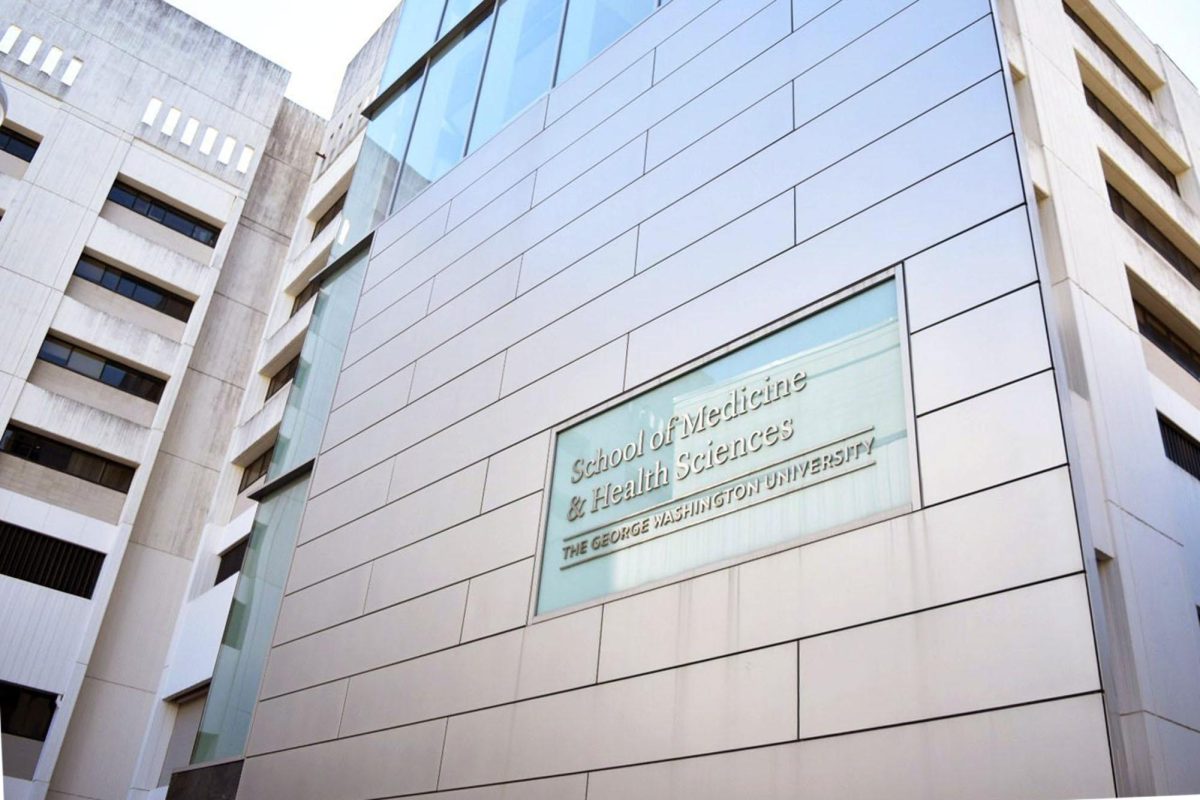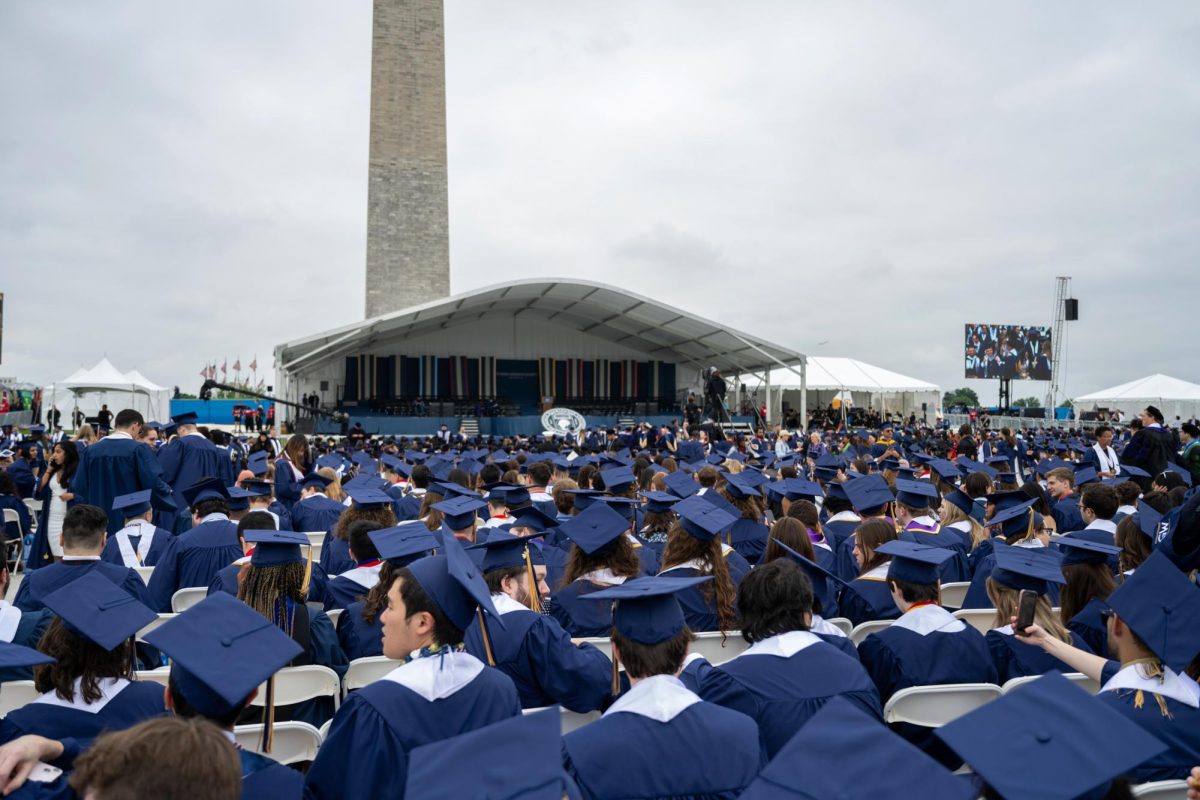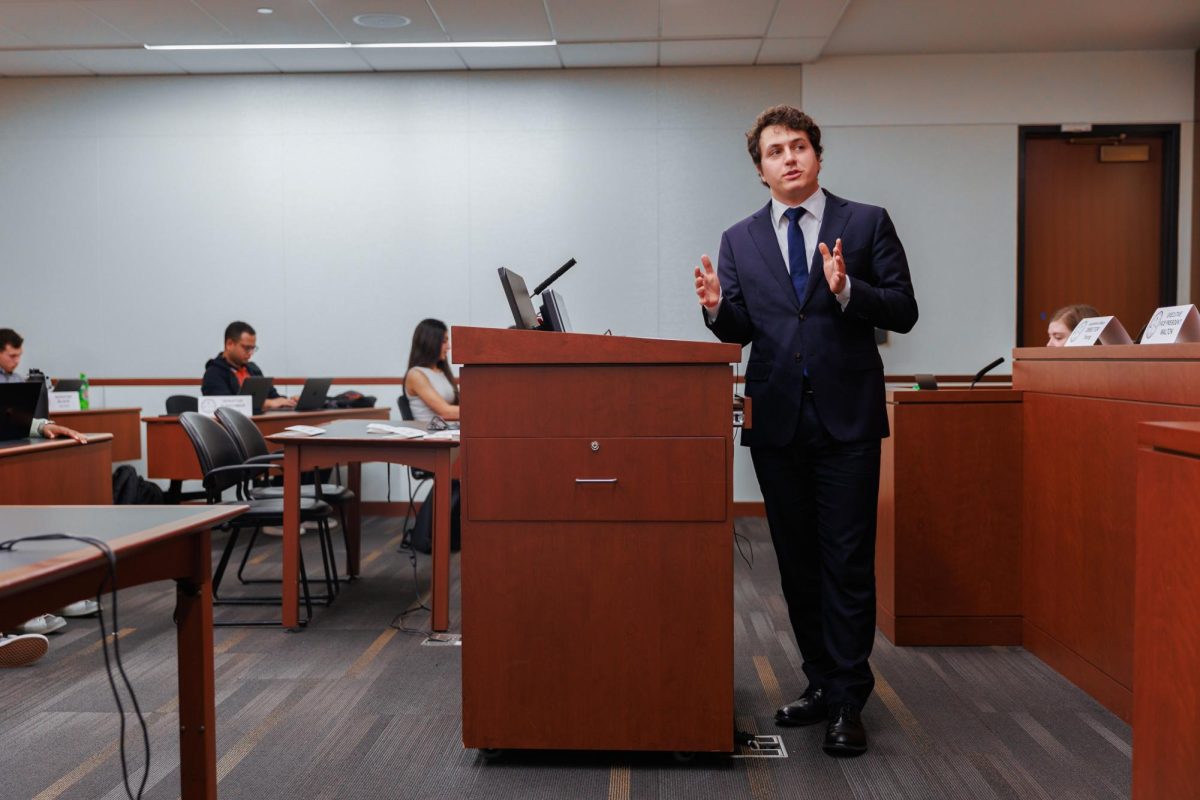The School of Nursing ascended 11 spots to crack the list of top 25 graduate nursing programs in the country in U.S. News and World Report’s rankings earlier this month.
The nursing school now ranks 22nd overall in the country and sixth for administration and leadership, according to the rankings. Pamela Jeffries, the dean of the nursing school, said she is “thrilled” that the 11-year-old nursing school entered the top 25 after she set the goal six years ago when she became dean and the school was ranked 58th nationwide.
“This is not an easy endeavor – the rankings speak of our faculty excellence, our impactful student outcomes and contributions of our graduates,” Jeffries said in an email.
Jeffries said she does not know “all the specifics” that helped the school rise in ranking, but she thinks a recent uptick in research funding contributed to the increase. The rankings state that research activity can determine a school’s standing, and Jeffries said officials strategically recruited “stellar” faculty to develop the school’s “research base.”
“They have brought new energy to our school, resulting in a significant increase in research funding,” Jeffries said. “This was a notable difference over previous years. Kudos to our researchers at GW Nursing for making this happen and continually pursuing the goal of bringing in more funding and grants while contributing to nursing and public health research.”
The rankings state that “student selectivity,” which includes undergraduate GPA, also serves as part of the criteria. Jeffries said she hopes this ranking will continue to encourage “top-notch” students to attend the school.
Pamela Slaven-Lee, the school’s senior associate dean for academic affairs and associate dean for student affairs, said the combination of nurse clinicians, nurse researchers and professional educators contribute to the school’s standing as a top institution. She said the Online Learning and Instructional Technology department helped create an online course design that supports students and faculty.
“We have an outstanding Online Learning and Instructional Technology department of instructional designer and experts in the creation and delivery of online courses that supports our faculty in the creation of engaging, rigorous and pedagogically sound courses for our students,” Slaven-Lee said in an email.
Slaven-Lee said the nursing school is committed to accepting a diverse group of students who have different interests and attributes each year. She said the school considers applicants through a “holistic approach” that goes beyond an individual’s GPA and into their “unique experiences.”
Slaven-Lee said the school’s doctoral program and “impactful” interdisciplinary research led by faculty elevate officials’ hopes to become a “preeminent” institution in nursing science and research.
She said the school’s community engagement office strengthened the program’s reputation within the health care workforce, which is also considered in the rankings. The office works to establish partnerships with organizations like the D.C. Housing Authority and the Alzheimer’s Association, she added.
“The school has worked hard over the years to build relationships with many industry partners, from health care providers to technology companies to medical equipment manufacturers,” Slaven-Lee said. “Most recently the School of Nursing answered the call to establish GWU COVID-19 testing centers and provide critical services to local vaccination clinics.”
Deans at other top-ranked nursing schools said strengths in research, clinical experiences and student diversity are the necessary factors in making a top nursing school.
Shari Ireton, the assistant dean of marketing and communication at the University of Washington School of Nursing, said she believes her university has been ranked in the top 25 graduate nursing schools since the U.S. News and World Report rankings began.
She said 40 percent of the ranking is based on peer assessment, which is determined through a survey sent to all nursing school heads around the country. Ireton said the survey consists of questions asking nursing school leaders about their awareness and attitude toward other schools in the rankings.
She said this year’s rankings feature a new category based on health care professionals’ thoughts on the ranked schools’ master’s programs. Ireton said the remaining criteria is split into research activity, faculty resources, the number of degrees the school has awarded and student selectivity based on undergraduates’ GPA.
She added that nursing schools shouldn’t accommodate for their ranking more than other components of their institution. She said officials should prioritize equity and inclusivity, hands-on experience and community impact.
“Ranking is great, and we certainly are very proud of where we stand, but we don’t want to just stand on that ranking alone,” Ireton said. “We have a lot of other criteria that we would also like to be measured against as well.”
Bernadette Melnyk, the dean of the College of Nursing at The Ohio State University, and Cindy Anderson, the senior associate dean for academic affairs and educational innovation at OSU, said top-ranked schools must teach students resiliency skills that can be used to “live well.” OSU was ranked ninth this year, according to the U.S. News and World Report rankings.
“If students are not happy, healthy and engaged, their performance will be less than desired, and we will not launch them into the workforce with good coping/resiliency skills needed to sustain optimal their health and well-being,” they said in an email.
Melnyk and Anderson said faculty should use “innovative” teaching strategies like engaging students with clinical partners in practice to motivate them to take advantage of opportunities that the school offers.
“Faculty with the right combination of educational preparation and clinical experience are key to students’ preparation for the workforce,” they said.








